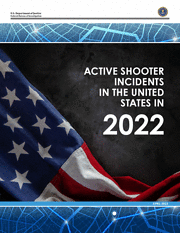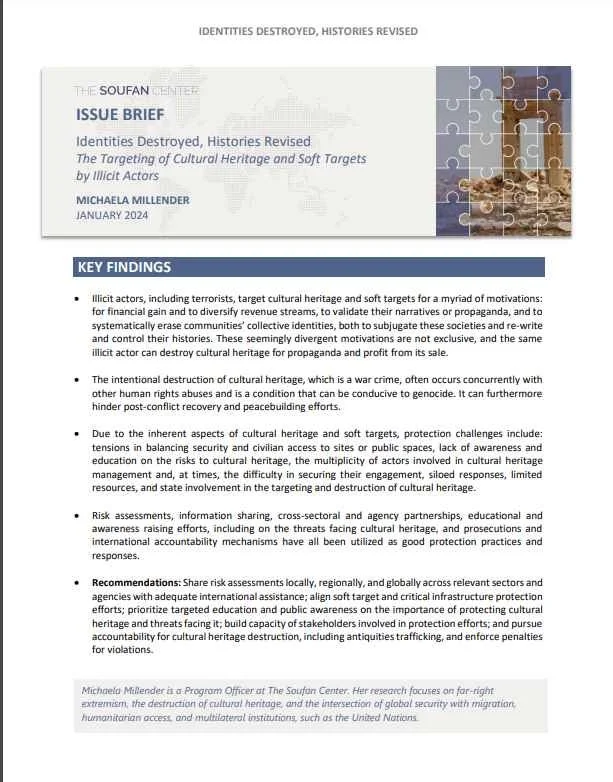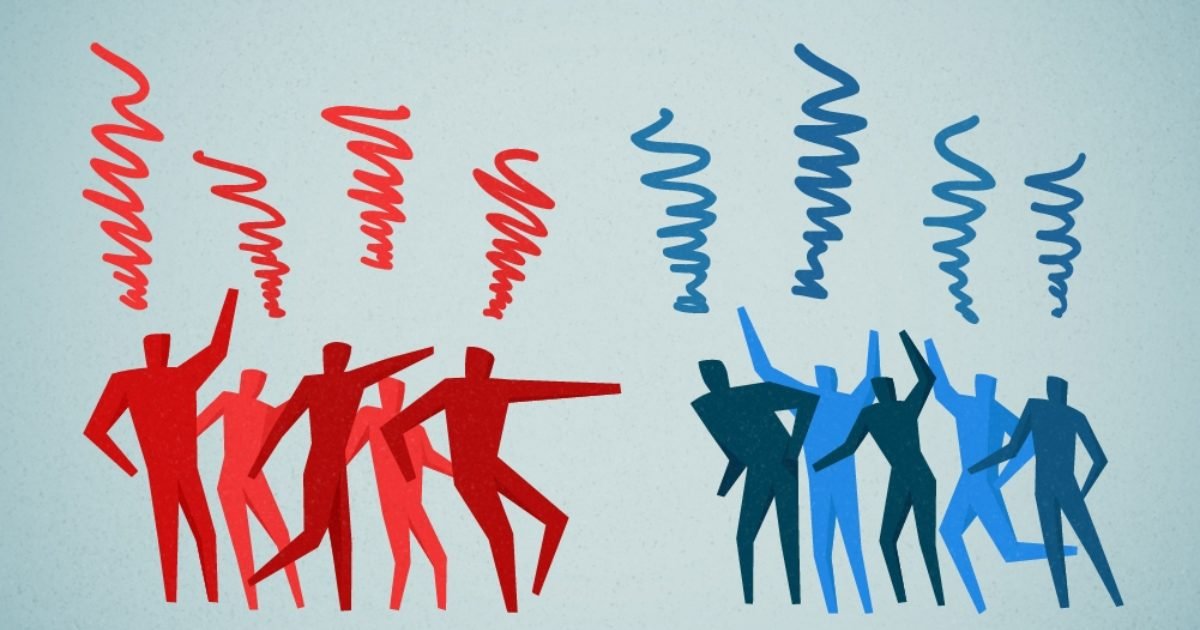By Jonathan Kenyon
The overarching aim of this doctoral research was to investigate the role of the Internet in radicalisation pathways and offending of convicted extremists in England and Wales. The empirical study was unique because it benefitted from access to closed source risk assessment reports within His Majesty’s Prison and Probation Service (HMPPS). These reports were authored by Psychologists and Probation Officers with access to restricted case documentation and in the majority of cases, direct interviews with the individuals concerned. Findings were based on 235 convicted extremists, all of whom were considered to have radicalised prior to committing their offence. Variables of interest, including offender demographics, offence characteristics and online activities were extracted from risk reports completed from October 2010 to December 2017. Since completion of the doctorate, the analysis has been expanded to 437 convicted extremists, which includes all those subject to risk reports from October 2010 to December 2021. This accounts for close to every convicted extremist in England and Wales considered to have radicalised prior to their conviction.
Scotland: Centre for Research and Evidence on Security Threats, 2023, 4p.




























